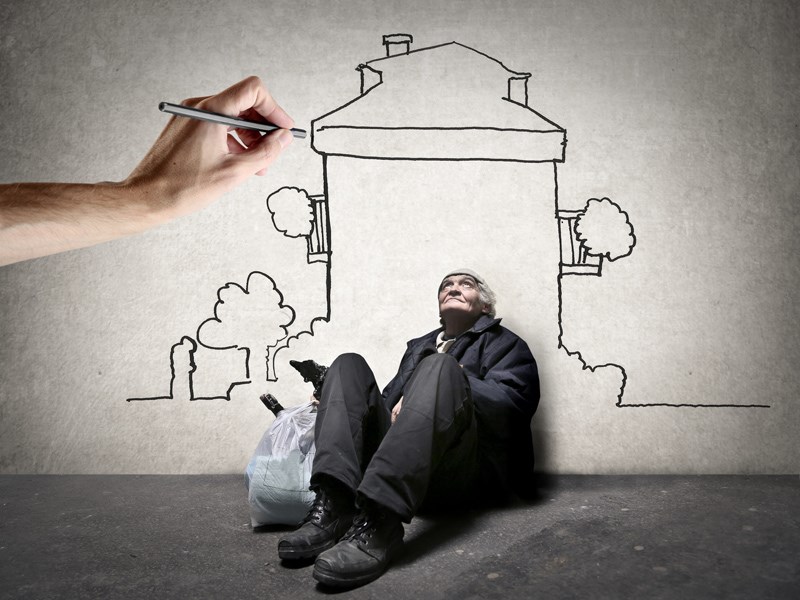Housing and homes are topical conversation subjects in Powell River these days. Whether the chat is drifting cloud-like, in various internet forums or huddled around the old-fashioned watercooler at work, it’s an unavoidable subject for good reason: there doesn’t seem to be enough of it.
The physical architecture of a place (bricks, beams, boards) changes in size and shape depending on the needs, culture and surrounding geography of the people who build it. But that’s more of a definition of a shelter from the elements.
What is “home” and how can being without one, or feeling insecure about keeping one, affect our mental and even spiritual wellness?
Our home becomes an extension of ourselves. Inside and outside, we choose to build, design and decorate to express and display to the world our larger selves and who we really are.
Environmental psychologists call this concept “Place Identity.” We create memories in a space, become attached to it and, in turn, begin to feel belonging and a sense of purpose. This continuum of events, ultimately, gives our life significance and meaning.
A home can be a one-room tent or a 100-room mansion: it’s our experiences and memories within that space that are the real materials homes are constructed from.
From a foundation of love, a sense of security and safety, and belonging to people and place, we eventually achieve a home.
In a sense, a home is as much a concept as a physical space.
Tragically, people with poor mental health and addiction problems make up a large percentage of the homeless population.
According to Homeless Hub, a research and advocacy website for homelessness in Canada, people with poor mental health are more susceptible to being homeless for three main reasons: poverty, disaffiliation and personal vulnerability.
Symptoms of mental illness and addiction can lead to withdrawal from friends and family, difficulty maintaining employment, lack of resilience and resourcefulness coping in difficult situations.
Furthermore, homelessness can amplify the symptoms of mental illness and worsen the suffocating effects of addiction. It’s a cruel, relentless loop of dysfunction that breaks down, and eventually destroys, individuals and parts of society.
Innovative solutions to the crisis in lack of housing are desperately needed as the old ways of addressing the subject are proving to be ineffectual. We need to build an alliance together and collectively demand more affordable, co-operative housing. It’s the squeaky wheel that gets the grease, or, in this case, the roof, walls and yard.
The widespread undercurrent of mental illness and addiction is the force that leaves people without homes and in worsening, desperate states. It’s a multidimensional, complicated social and health dilemma that requires a creative multifaceted problem-solving approach.
On a positive endnote, with the help of a community of professionals and a loving friend, I recently returned home after almost 20 years of absence, an estrangement mostly caused by mental health and accompanying addiction issues.
Although the apple orchards in the old neighbourhood were replaced by new subdivisions and shiny glass buildings have sprung up like weeds in a field, the real meaning of home was in my father’s eyes and subsequent warm hug.
With the love and effort in a societal collective sense, a home is possible or, as in my case, you can go home again.
Robert Skender is a Powell River freelance writer and health commentator.



